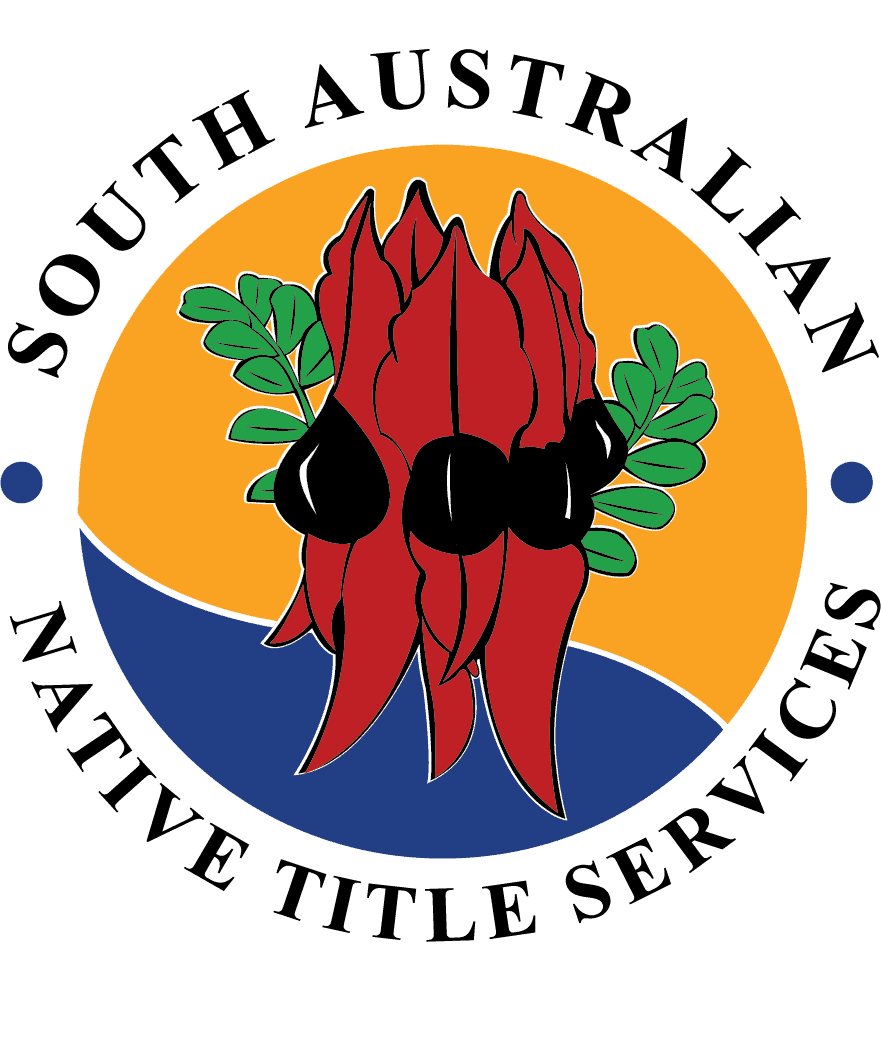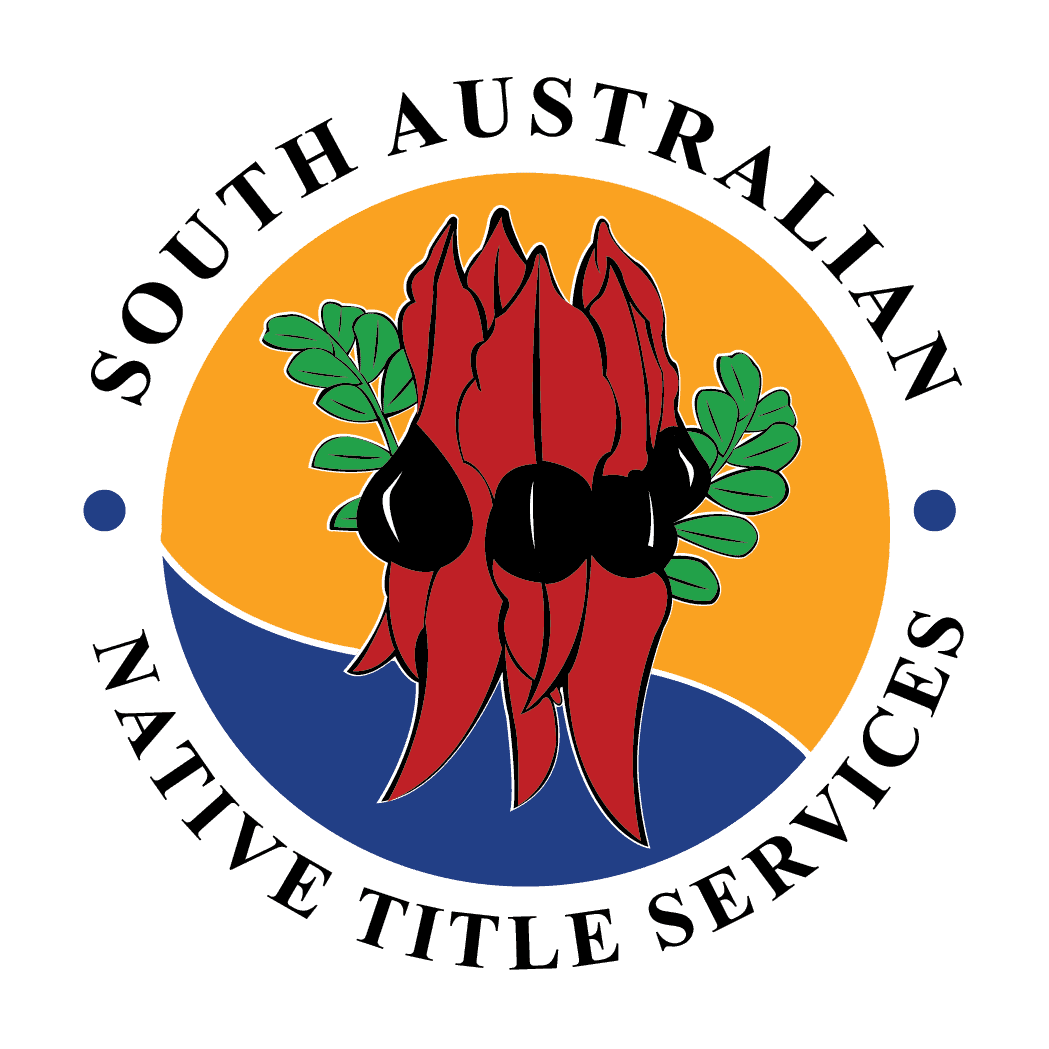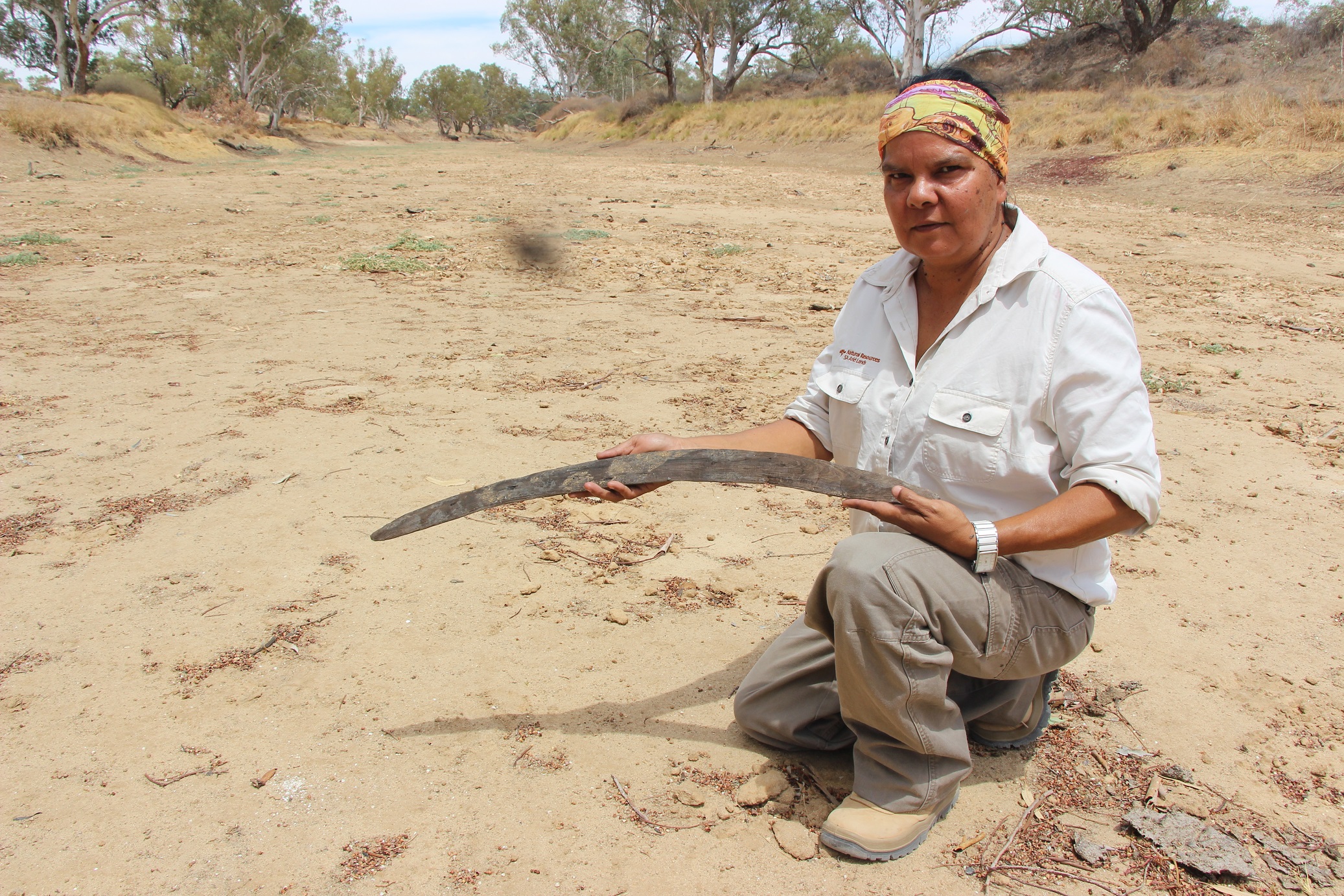Traditional tools used by ancestors of the Yandruwandha Yawarrawarrka traditional owners have been found by chance near Innamincka, in the far north of the South Australian outback. The chance discovery represents a rare archaeological find and offers an insight into the lives of South Australia’s original inhabitants.
The news that three ancient boomerangs, as well as a digging stick and stone tools have been found by Park Rangers in the Innamincka Regional Reserve is important news for the Yandruwandha Yawarrawarrka Traditional Land Owners Corporation (YYTLOAC). They have been recognised as traditional owners and hold Native Title over the area in the north east of South Australia.
“We’re very excited about this unexpected find,” Chairperson of the YYTLOAC, Joshua Haynes said.
“These objects give us a glimpse of the lives of our ancestors and reminds us how much this country is tied up with our continuing culture.”
Mr Haynes said the relationship the YYTLOAC has with the State Government Department of Environment, Water and Natural Resources (DEWNR) through co-management of the Innamincka Regional Reserve means that the Traditional Owners were the first to be notified of the find and consulted about the objects. It also means once the items have been assessed and possibly dated, DEWNR will return the items to the traditional owners.
“For the Yandruwandha Yawarrawarrka people, the discovery of these precious items reinforces the importance of careful cultural management of the area,” Mr Haynes said.
“This country holds our ancestor’s stories but more importantly still holds the physical connection to our ancestry. It’s important that we, the traditional owners, or those who are working with us, are the ones to care for the country now and into the future.
“As traditional owners we have learnt about this country from our families and these items have a very significant cultural significance” he said.
Unprecedented low water levels in the Innamincka Regional Reserve led to the discovery by National Park Rangers Katheryn and Jason Litherland while they were clearing rubbish left by visitors in a now dry creek bed.
Tony Magor, Manager Parks and Co-management with DEWNR in the SA Arid Lands Region said the discovery was significant for everyone who works and lives in the area and has generated lots of discussion about the possible uses and ages of the artefacts.
“Our staff work closely with the Yandruwandha Yawarrawarrka people in caring for this country so when the work reveals treasures like this we all share in the excitement of the find and have a deeper appreciation of what this means,” Mr Magor said.
The age of the artefacts is yet to be determined – they could be as young as 100 years old or as much as 10,000 years old. The artefacts need to be managed carefully to maintain their condition and are being stored in controlled conditions pending permanent storage.
Methods of dating to determine their age includes x-ray testing to search for tree rings to use in dendrochronology and radiocarbon dating using accelerated mass spectrometry so that only a very small sample of the artefact will be needed. Other assessments will include studying the method of manufacture of the objects and determining the type of wood including the species of tree that they are made from.
Sean Freeman from Australian Heritage Services (AHA), Consulting Archaeologist for YYTLOAC says that artefacts such as these are significant for the understanding of the culture of Australia’s First Peoples.
There are quite a number of examples of wooden artefacts in museums that have been collected over the last 200 years but there are very few examples that have survived on-country. Many items that were used by the first Australians were made of wood and other organic materials and few have survived, even those of relatively recent age.
“With the limited preservation of wooden items, particularly in an arid environment, it’s highly unusual to have articles like this that survive,” Mr Freeman said.
While there is evidence that cultures around the world have used throwing sticks, there is no doubt that Indigenous Australian people can claim the longest continuous association with the boomerang, according to work by Anthropologist Philip Jones. Boomerangs often play a part in creation stories and those stories are re-enacted in song and ceremony, as well as being represented in rock art, painting and carvings.
While the objects are incredibly valuable to all those interested in Australia’s ancient history, they are of no commercial value Mr Magor explained.
“Aboriginal artefacts are protected in South Australia and cannot be removed without proper permission. While objects like this are priceless, there can be no commercial market for their sale as they can’t be sold legally in SA.”
AHS, DEWNR and the YYTLOAC are now looking to bring a world expert on boomerangs and throwing sticks, Mr Luc Bordes from the University of Wollongong to South Australia to study these items and gain a greater understanding of them.
By Lucy Kingston
Photo (by Erik Dahl): Kathryn Litherland
SANTS acknowledges that the land on which our office is based is the traditional lands for the Kaurna people and we respect their spiritual and cultural relationship with their country.



 Protected by Patchstack
Protected by Patchstack